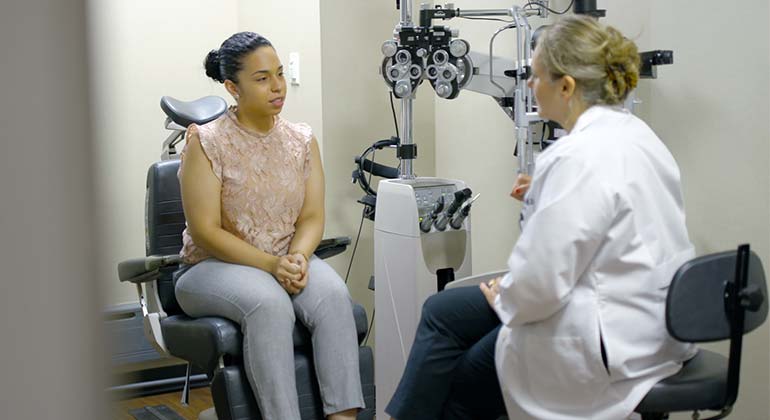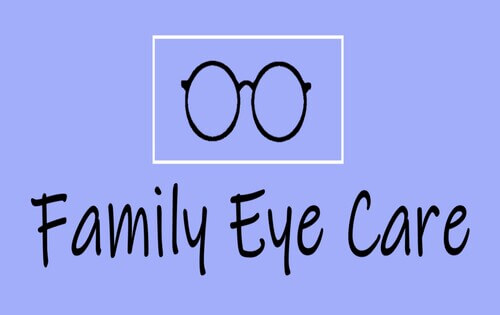Discover a Neurologist in Andalusia: Specialized Clinics and Treatment Providers
Discover a Neurologist in Andalusia: Specialized Clinics and Treatment Providers
Blog Article
The Benefits And Drawbacks of Various Refractive Surgical Procedures for Improved Eyecare

LASIK Surgical Treatment
LASIK surgical treatment is a generally executed refractive treatment that intends to fix vision problems such as nearsightedness, astigmatism, and farsightedness. Throughout the treatment, a slim flap is developed on the cornea, and a laser is made use of to improve the underlying cells, correcting the refractive mistake.
Among the primary benefits of LASIK surgery is the rapid renovation in vision experienced by several individuals. A lot of people notice a significant improvement in their vision quickly after the procedure, with very little downtime required for recovery. Furthermore, LASIK is known for its high success price and reduced occurrence of complications when executed by knowledgeable cosmetic surgeons. Nevertheless, like any medical procedure, LASIK also lugs some dangers, including completely dry eyes, glare, halos, and under or overcorrection of vision. It is important for individuals considering LASIK surgical procedure to undergo a thorough examination by an eye care expert to determine if they appropriate candidates for the procedure.
PRK Procedure
The PRK treatment, also recognized as Photorefractive Keratectomy, is a kind of refractive surgery that intends to fix vision issues comparable to LASIK surgery. Unlike LASIK, which entails creating a flap in the cornea, PRK functions on the surface area layer of the cornea.
One of the advantages of PRK over LASIK is that it eliminates the threat of flap-related complications since no flap is developed during the surgery. In spite of the longer recuperation duration, PRK can be an appropriate alternative for people seeking vision adjustment surgical treatment.
SMILE Surgery
A cutting-edge refractive surgical treatment strategy acquiring popularity in the field of ophthalmology is SMILE Surgical procedure. Small Incision Lenticule Removal (SMILE) is a minimally invasive treatment that corrects vision by improving the cornea making use of a femtosecond laser. Unlike traditional LASIK surgical treatment, SMILE Surgical procedure includes producing a tiny incision in the cornea to draw out a lenticule, which results in much less disruption to the corneal structure and potentially much faster recovery times.
Among the primary benefits of SMILE Surgical procedure is its ability to deal with myopia (nearsightedness) and astigmatism with high accuracy, causing excellent visual outcomes for individuals. The minimally intrusive nature of the treatment likewise minimizes the danger of problems such as dry eye syndrome, making it a beneficial option for individuals looking for refractive surgical procedure.

LASEK Technique
Having actually discovered the advantages and considerations of SMILE Surgical procedure, an additional notable refractive surgery strategy worth taking a look at is the LASEK Strategy. LASEK, which stands for Laser-Assisted Subepithelial Keratectomy, is a form of laser eye surgical procedure that aims to remedy refractive errors such as myopia (nearsightedness), hyperopia (farsightedness), and astigmatism.
Unlike LASIK, LASEK does not involve developing a corneal flap. Instead, throughout a LASEK procedure, the doctor utilizes a watered down alcohol option to loosen up the thin outer layer of the cornea, understood as the epithelium. This layer is then delicately relocated apart to enable the laser to improve the underlying corneal tissue. Once the cornea has been improved to the wanted degree, the epithelial layer is repositioned.
One of the main benefits of LASEK is that it can be appropriate for people with thin corneas who may not be excellent prospects for LASIK. Additionally, LASEK generally results in marginal post-operative discomfort and a quicker recovery time contrasted to PRK. The aesthetic recovery process with LASEK may be somewhat longer than with LASIK.
Implantable Call Lenses
Implantable Contact Lenses offer a lasting vision improvement remedy for individuals looking for an option to her comment is here standard call lenses or glasses. These lenses, likewise known as phakic intraocular lenses, are surgically inserted into the eye to remedy refractive my blog errors such as myopia (nearsightedness), hyperopia (farsightedness), and astigmatism. cardiologist andalusia. Unlike standard contact lenses that rest on the surface of the eye, implantable contact lenses work within the eye itself, offering clear vision without the need for everyday maintenance or elimination
One of the essential advantages of implantable contact lenses is their durability. Once put, they can continue to be in the eye forever, supplying secure and consistent vision adjustment. Additionally, these lenses can be a superb choice for people who are not great candidates for laser eye surgical procedure or that choose a relatively easy to fix vision correction treatment.
Nevertheless, implantable contact lenses do bring some threats, including the capacity for cataracts or enhanced eye pressure. It is critical for individuals considering this alternative to seek advice from with an eye treatment specialist to establish if implantable call lenses are the ideal choice for their details needs and eye wellness.
Verdict
In verdict, each kind of refractive surgical treatment has its very own benefits and drawbacks. LASIK surgery is popular for its fast recovery time, while PRK procedure might be ideal for individuals with thin corneas. SMILE surgical procedure offers very little discomfort throughout the treatment, yet LASEK strategy may have a longer healing process. Implantable contact lenses give an option for those that are not appropriate prospects for typical surgical treatments. Patients should speak with their eye care provider to determine the very best alternative for their individual demands.

In General, SMILE Surgical procedure provides an encouraging choice for people looking to improve their vision via refractive surgery.
Report this page